If you’re looking for a non-invasive treatment to rejuvenate your skin, relieve pain, or promote overall wellness, red light therapy (RLT) is one of the most popular options today. But as it grows in popularity, so do the usage choices. Are professional salon sessions worth the investment, or would RLT at-home equipment be a better fit for your lifestyle and desired goals?
We’ll dive into the major differences between these options to help you determine which one best meets your needs, budget, and daily routine.

Understanding the Core Differences: Salon Professional vs. At-Home Personal Use
Defining the Salon Experience: Guided Sessions in a Dedicated Setting
Choosing salon-based red light therapy means entering an environment that is regulated by trained specialists. Such sessions are often embedded within a spa or dermatology clinic — commonly packaged with facials, anti-aging treatments, or even pain-management services.
Salon machines are industrial-grade larger devices offering full-body coverage, and may include other complementary technologies, such as infrared saunas or microcurrent therapy. Having a professional monitor your sessions can make sure you’re in the correct position and receiving the appropriate amount of exposure time — which is particularly useful for first-timers or people with certain skin conditions.
Characterizing At-Home RLT Use: Convenience and Self-Directed Application
At-home devices like Bestqool, on the other hand, are all about flexibility and independence. You set your schedule, environment, and duration. Although these units are smaller, they can still be powerful when it comes to efficacy — particularly if you’re using them routinely.
At-home users tend to like being able to multitask: squeezing in a quick session while watching TV, reading and even relaxing before bed. Some are portable enough to bring on trips, making wellness easier to sustain on the go.
Identifying the Primary Goal: Targeted Treatment vs. Ongoing Wellness Routine
Consider salon sessions as laser-focused treatments. They’re best suited for addressing specific problems such as deep wrinkles, acne scars, or chronic pain. An expert—or a powerful device—you have in your corner may deliver those results more quickly — but it won’t come free.
At-home RLT, on the other hand, tends to be for general wellness. It’s ideal for regular maintenance, stress relief, and overall skin enhancement. You may not see a world of difference overnight, but the consistency has a cumulative effect.
Evaluating Device Power, Coverage, and Technological Capabilities
Assessing Power Output and Irradiance Levels
Power output, usually measured in irradiance (mW/cm²), has a direct effect on how deep and how fast red light penetrates your tissues. Salon machines tend to have a higher irradiance because they are made on a industrial-grade build and cooling system.
However, many contemporary at-home devices, Bestqool panels included, are appealing with competitive irradiance levels in the 100–150 mW/cm² range, above what you need for most wellness and skincare objectives. The power difference may be more important if you’re treating deep-tissue pain or seeking faster results.
Examining Potential Differences in Wavelength Offerings and Features
Red light (usually 630-660nm) and near-infrared light (810-850nm) are used by salon and home devices to provide therapeutic benefits. But salons might have a wider variety of customizable wavelengths, with some offering add-ins such as blue light for acne or amber light for inflammation.
Home devices, though more commodified, are rapidly evolving. And high-end models now feature multiple wavelengths options, pulsing modes, and timers — all to help you bring salon-level sophistication to your home setup.

Analyzing the Financial Commitment: Cost Structures and Long-Term Value
Simply Understanding Salon Pricing Models
Salon prices can also differ quite a bit depending on location and service package. Individual sessions may cost anywhere from $30 to $100+, whereas bundled packages (10-20 sessions) provide reduced rates.
But the crucial cost to factor in is sustainability. If you need ongoing treatment, the costs can add up fast. On top of that, consider the transportation and appointment scheduling — invisible costs that stack up over time.
Calculating the Upfront Investment for At-Home RLT Devices (Bestqool)
A good at-home red light panel from brands like Bestqool runs between $100 and $900. Although that may seem expensive at first, it’s a one-time purchase for years of daily use.
Consider this: if you are doing 3 sessions a week for a year, you are talking about approximately 150 sessions. That averages per session cost to less than $4, significantly lower than salon prices.
Evaluating Long-Term Cost-Effectiveness Based on Usage Frequency
If you are looking to use RLT long-term or want it to be a regular part of your self-care routine, then a home device offers unbeatable value. A salon may be worth the extra spend for you if you require only a short-term treatment under professional guidance.
Weighing Convenience, Accessibility, and Time Commitment
The Unmatched Accessibility of Home Devices: Use Anytime, Anywhere
One of the greatest advantages of home red light therapy is availability. There is no need to book appointments, travel, or set aside hours in your day. It’s one you can do in your pajamas, during a break, or as part of your wind-down process.
This kind of flexibility could be especially useful for professionals on the go, as well as for parents and other multi-taskers.
Impact of Convenience on Treatment Consistency and Adherence
When it comes to red light therapy, consistency is key. Research has found that the best results come with regular sessions — and that typically means 3 to 5 times a week. At home, it’s easier to incorporate this habit in your routine.
Salons are more effective, but they can be inconvenient to get to, and they require frequent visits – it takes longer to see results, and adherence can be compromised
Making an Informed Decision: Aligning Your Choice with Personal Needs
Identifying When Salon RLT Might Be the Preferred Option
Choose salon RLT if:
- You require fast or deep-penetrating relief (post-surgery recovery or scar treatment).
- You’re new to RLT and you want professional instructions before investing in your own device.
- You like an experience similar to the spa and need RLT mixed with other treatments.
Recognizing Situations Where At-Home RLT Excels
Go with at-home RLT if:
- You seek convenience, flexibility and control in your schedule.
- You’re looking for long-term care for your skin, sleep, mood.
- You want a low-cost wellness habit.
Key Questions to Ask Yourself Before Choosing Your Path
- What’s my primary objective — focused healing or daily well-being?
- Will I realistically be able to use RLT on any sort of regular basis?
- Would I rather have expert guidance or self-directed care?
- What’s a fair amount to spend on my skin and my long-term health?
Conclusion
Whether you opt for home red light therapy devices or salon treatments will depend on your personal health goals and lifestyle. If the convenience and economy are your focus, home device allows you to use it whenever and wherever you want at a much lower price. On the other hand, if you have special needs or want immediate results, the professional environment of a salon, with its state-of-the-art equipment, may be a more suitable solution. No matter which side you choose, it’s important to stay consistent — both options have a lot to offer for your health and wellness with consistent use.



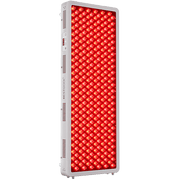






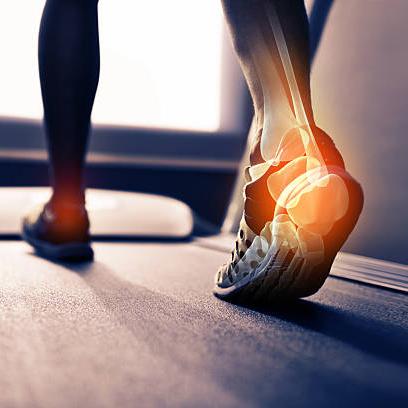
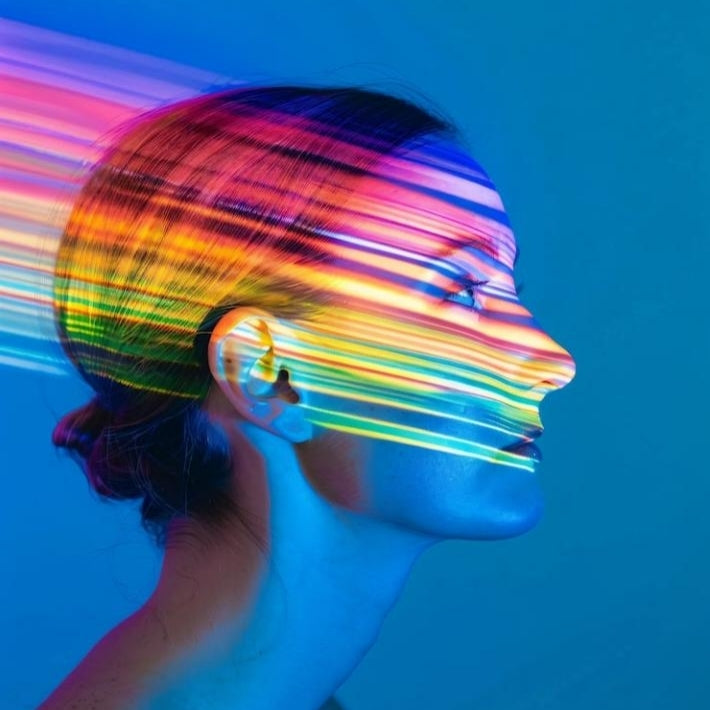


 Small
Small
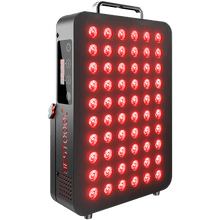
 Moderate
Moderate
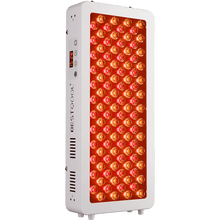
 Moderate
Moderate
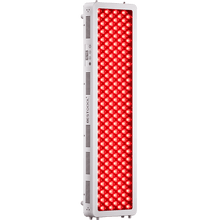
 Moderate
Moderate
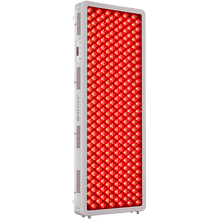
 Full
Full



